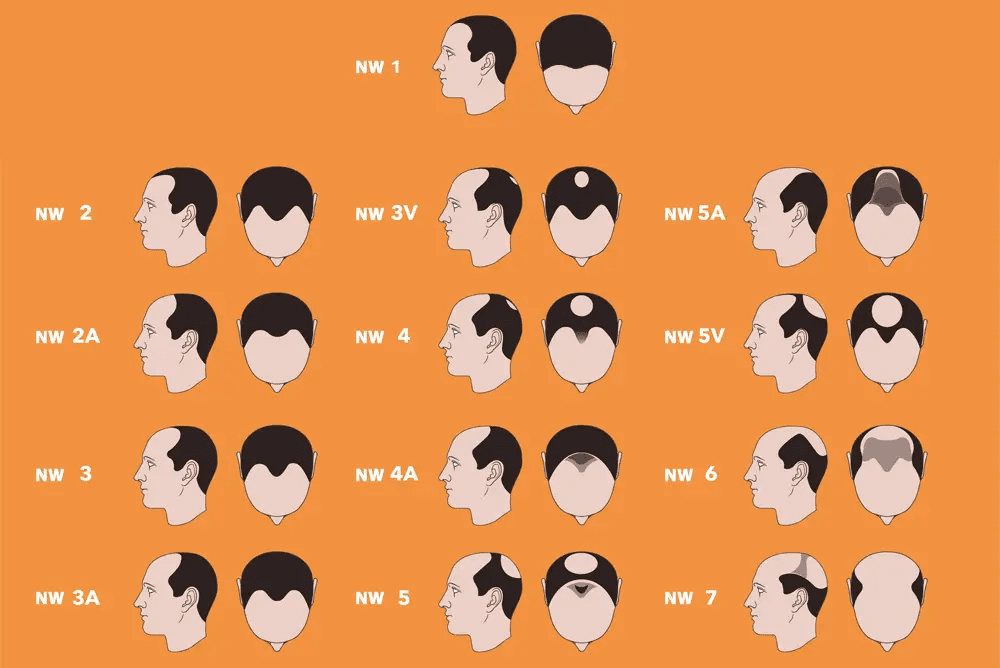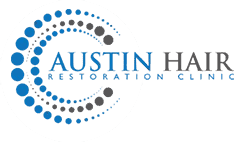1. When should I do something about my hair loss?
If you have concerns about hair loss or hair thinning, it’s best to act now. You can speak to your doctor or dermatologist, but the best person to tell you whether your hair loss is permanent is a trichologist. They can do a full evaluation to determine whether your hair loss is genetic or due to lifestyle factors. Once they’ve discovered the cause, there is a range of solutions to promote hair growth in cases where the hair loss isn’t permanent. These could include dietary changes, topical treatments, supplements, or prescription medications.
In some cases, the appearance of thinning hair can be improved via lifestyle changes, over-the-counter products, or a change in your hair care regimen. Some medical therapies, such as the serum Minoxidil or the pill Finasteride, have been in use for a long time and are known to be effective at improving hair growth over time—but they come with serious side effects. For those with permanent hair loss, the treatments listed above may fall short or show no visible improvements at all. In this case, it’s time to consider the effective, long-lasting results of medical aesthetic treatment.
2. How does the ARTAS® Robotic procedure work?
The ARTAS® Robotic Procedure is a minimally invasive hair restoration solution that leverages digital imaging and precision robotics to harvest healthy grafts for transplantation. Unlike the earlier methods of hair restoration, there is no need for the surgical removal of a strip of scalp from the back and sides of the head, no linear scar left after surgery, and no need for stitches or staples to close the wound. The benefit is a quick recovery time and the ability to return to normal activities and work sooner.
3. How will my hair look after the ARTAS® Robotic Procedure?
The ARTAS® Robotic Procedure provides all natural-looking results since it uses your own hair. After the procedure, you are able to wear your hair any length or style with confidence.
4. How long does it take to recover and heal?
Recovery time with the ARTAS® Robotic Procedure is less than with most surgical cosmetic procedures. As no surgical incisions or stitches are required with the ARTAS® Robotic Procedure, healing time is short and you can usually go back to your daily activities after a day or two. Some doctors schedule a follow-up visit the morning after the procedure to examine your scalp and to teach you how to take care of your newly implanted hair.
5. What is the Norwood scale?
The Norwood or Hamilton-Norwood (NHS) scale provides a system for assessing male pattern baldness, on a 1-10 basis. By using the Norwood scale, we can identify where you fit within the male pattern baldness stages. This scale also includes receding hairline stages.

The Hamilton-Norwood Scale

